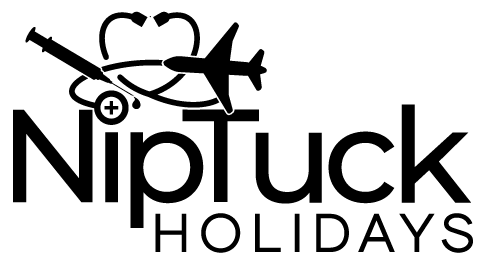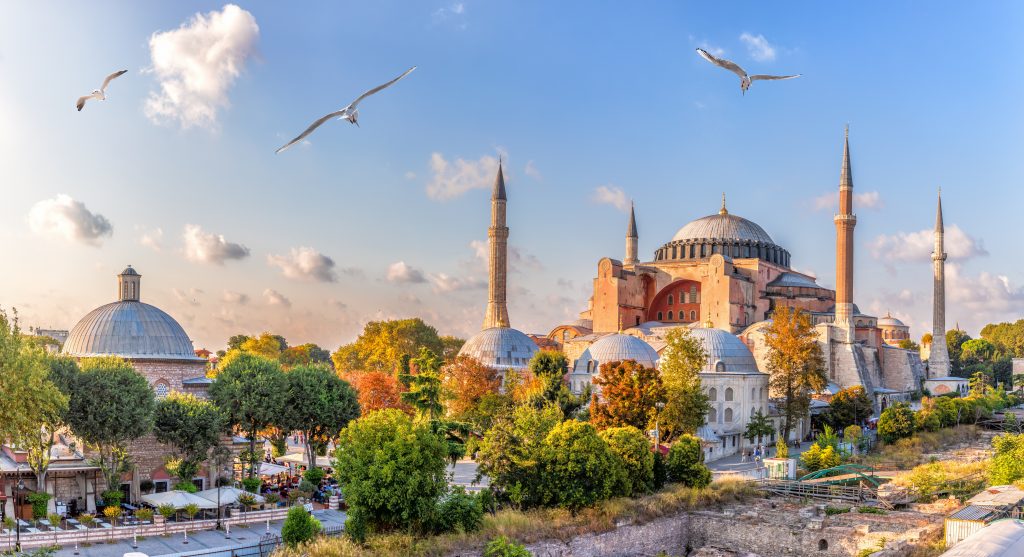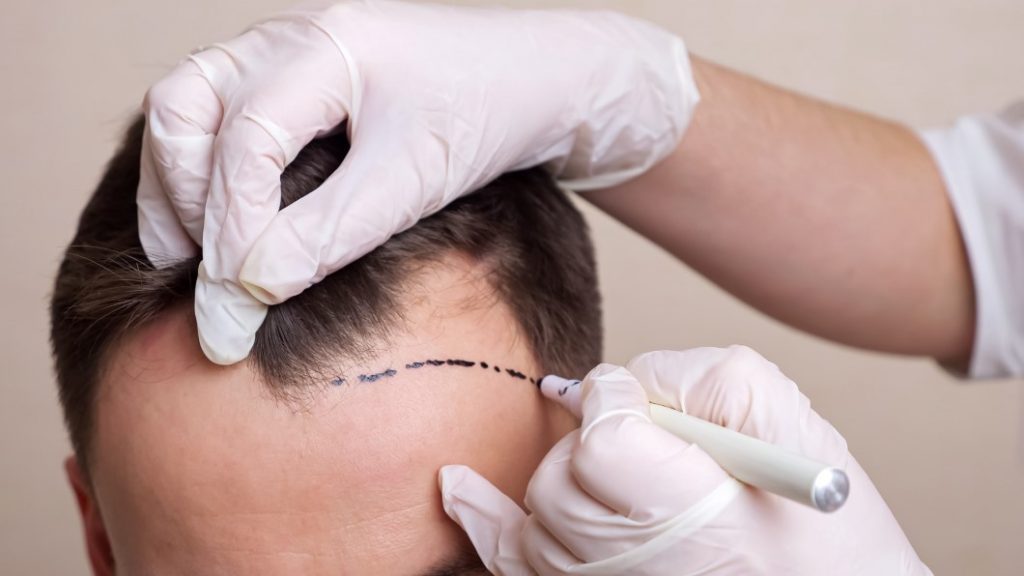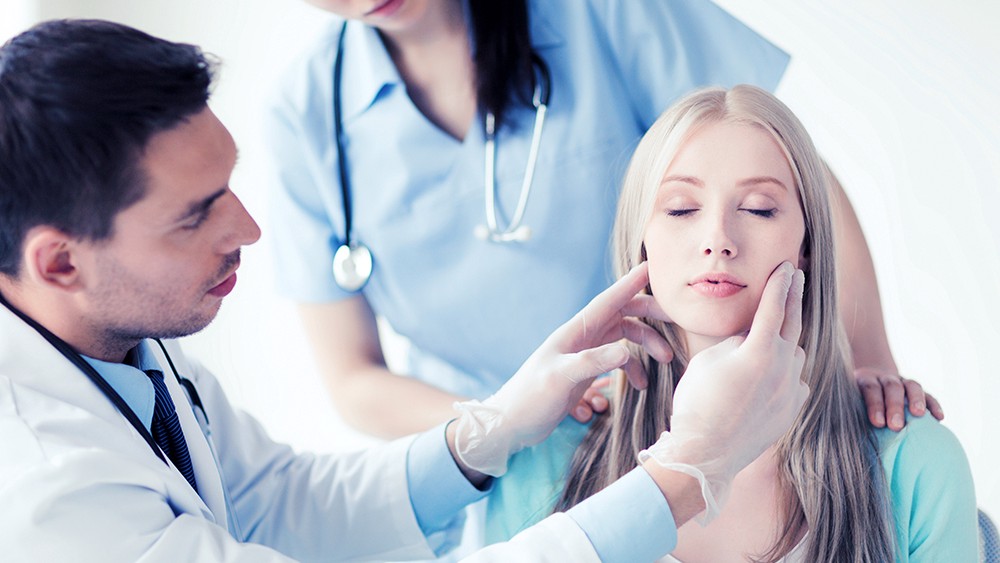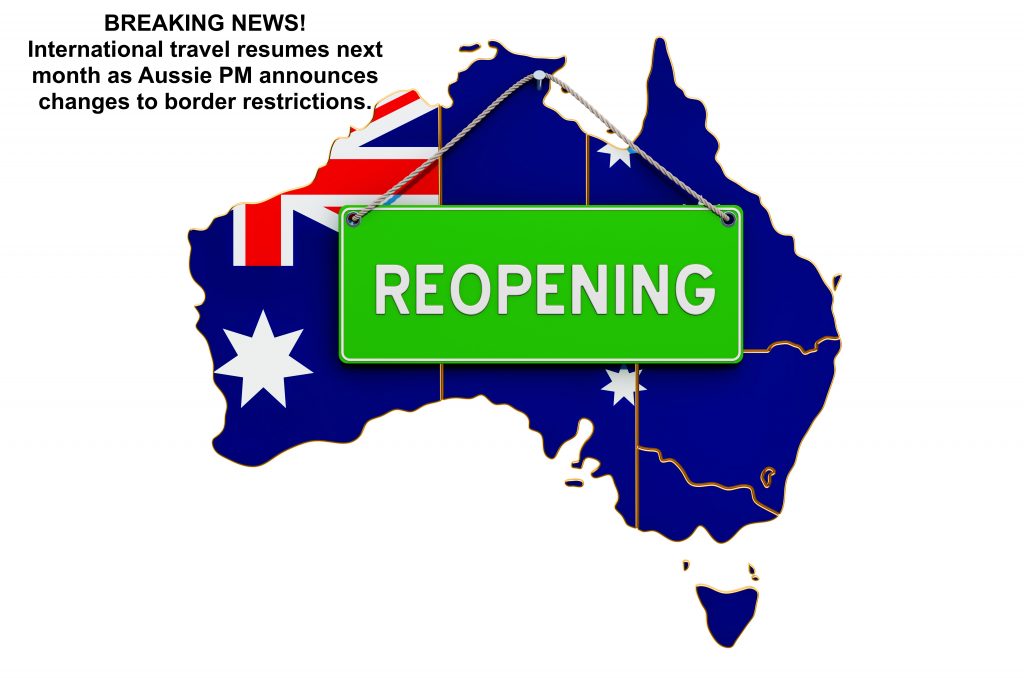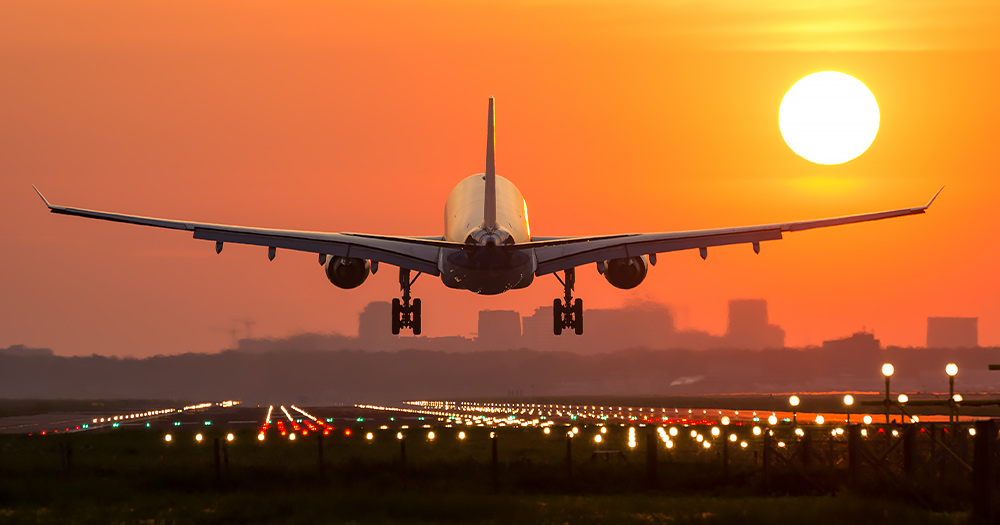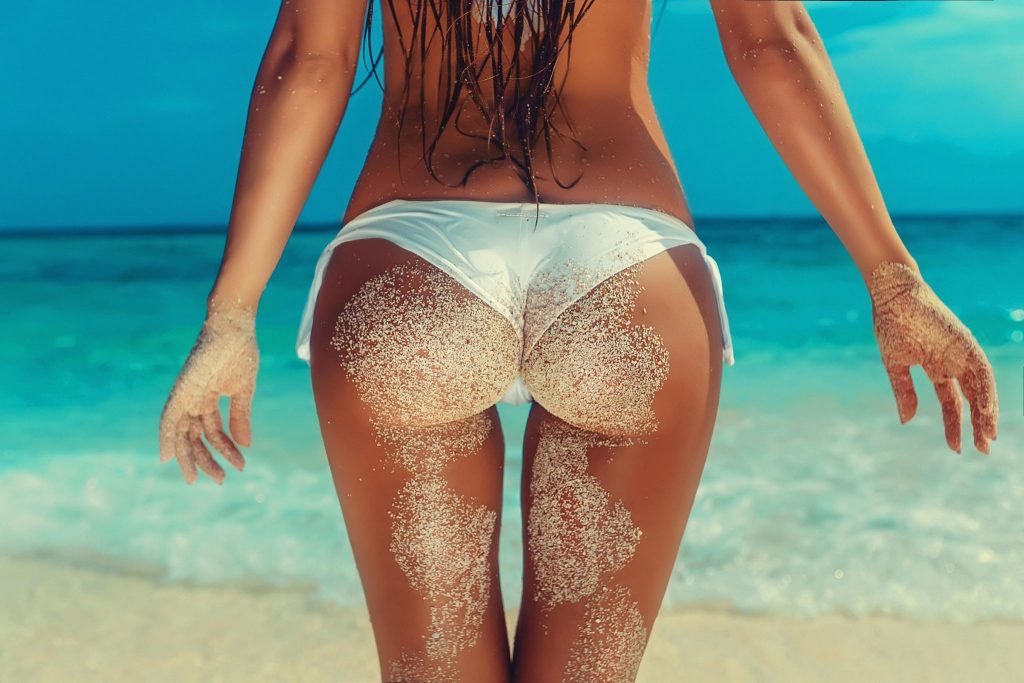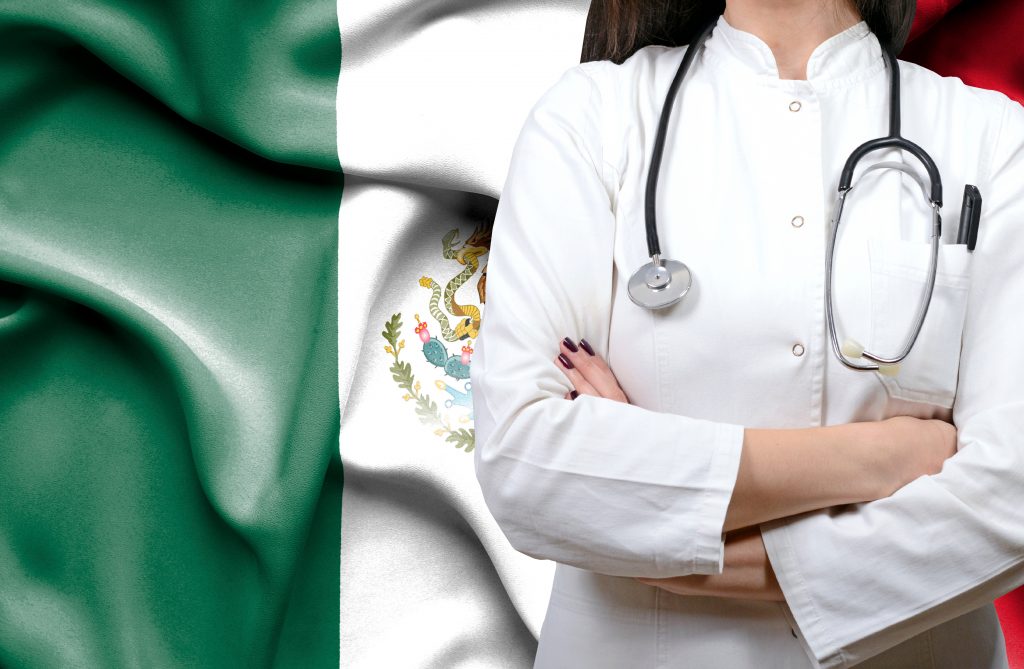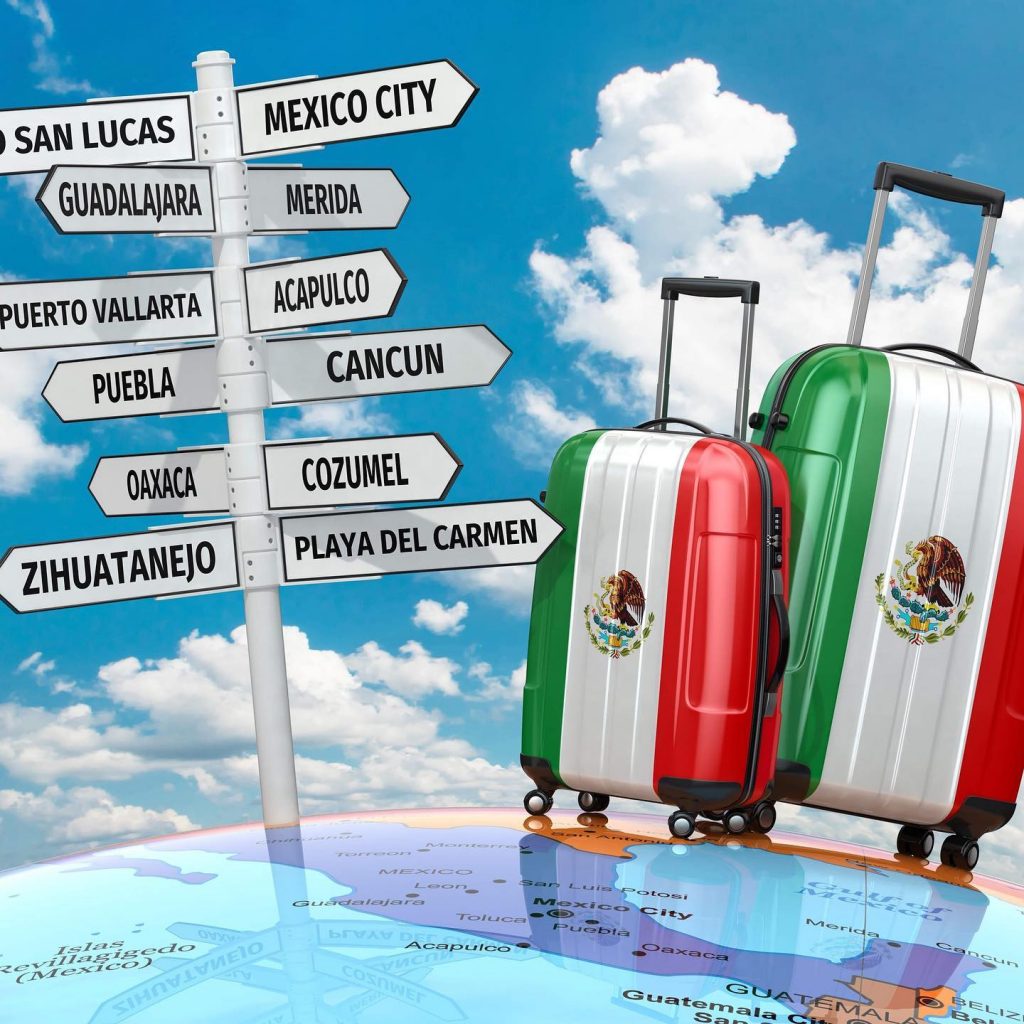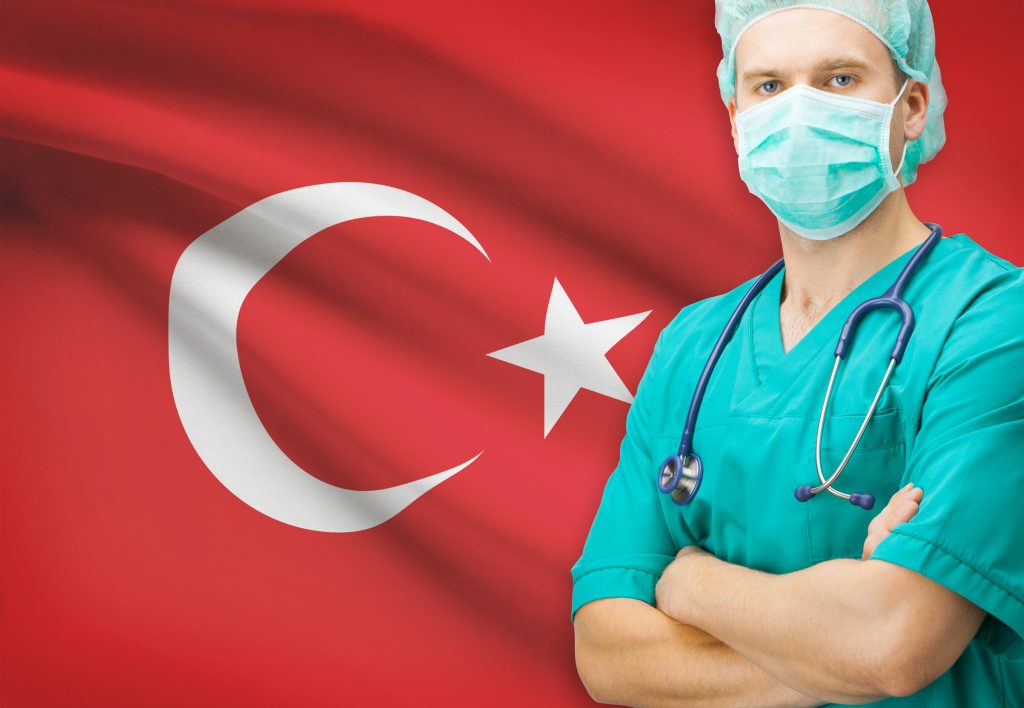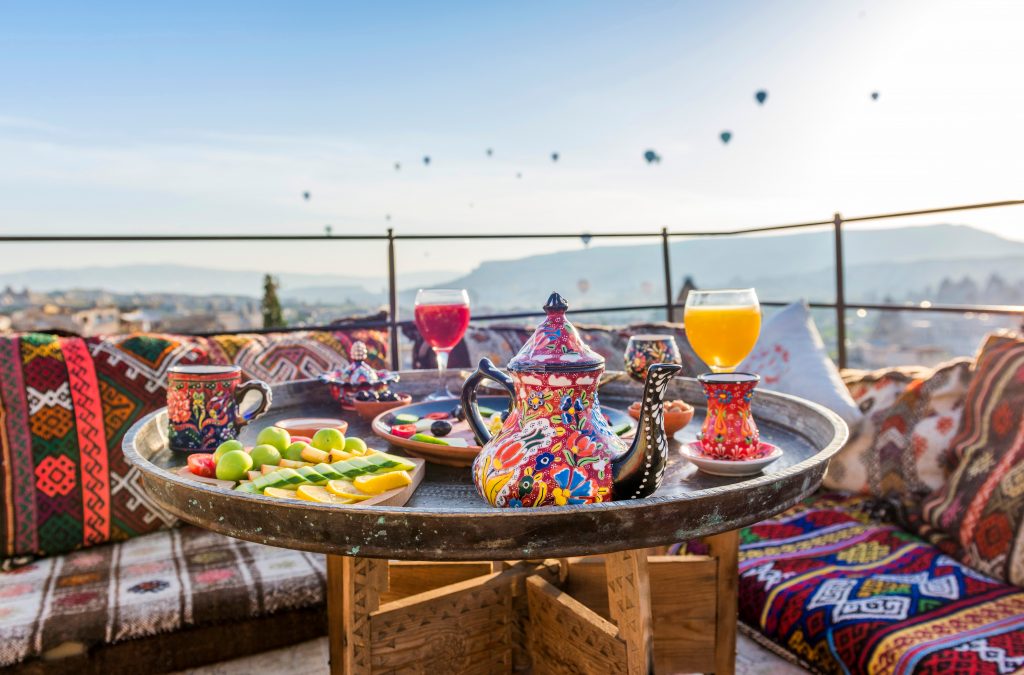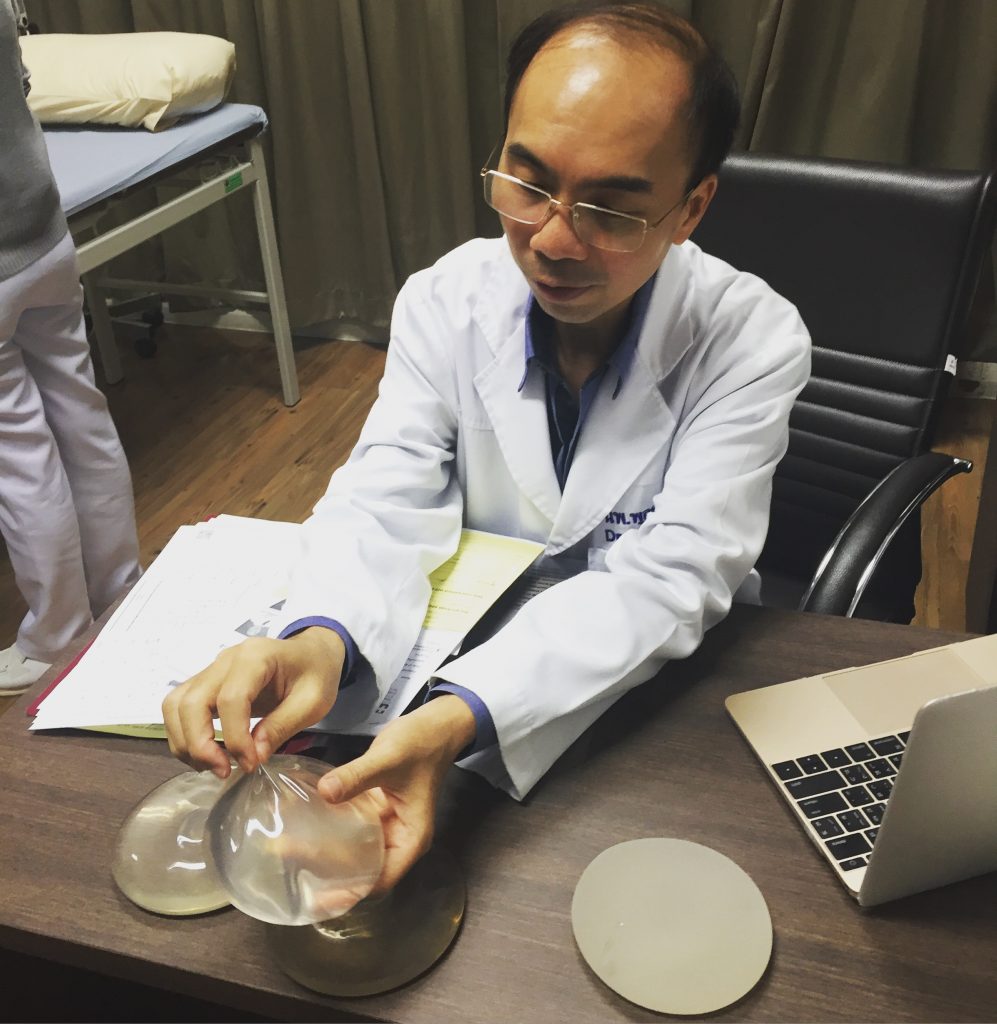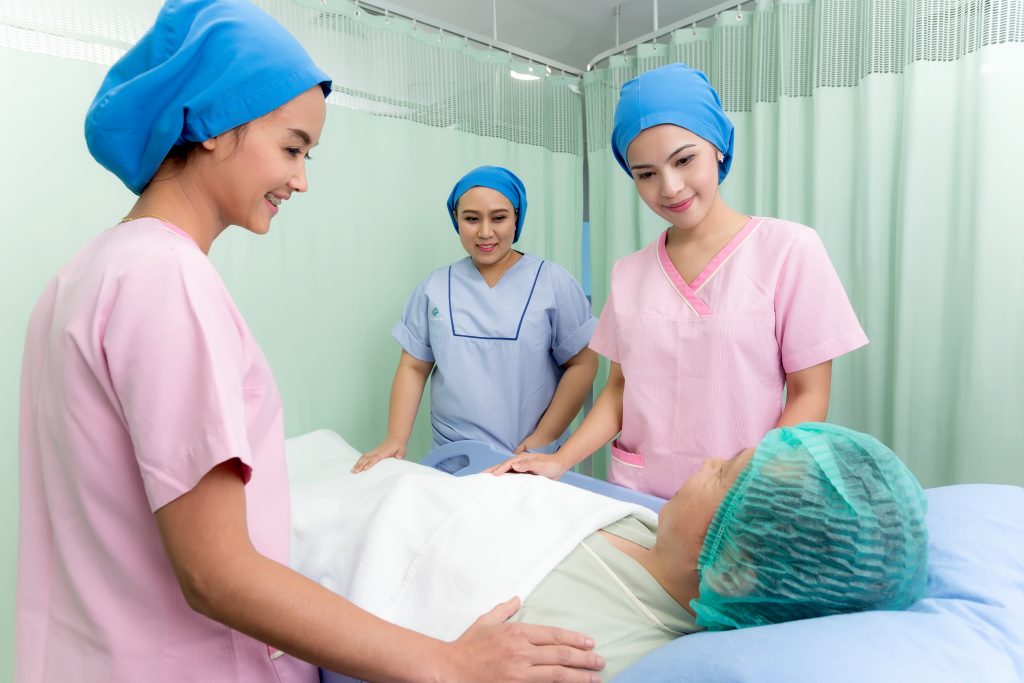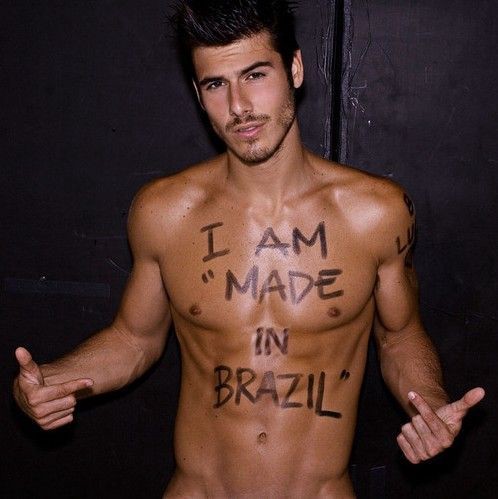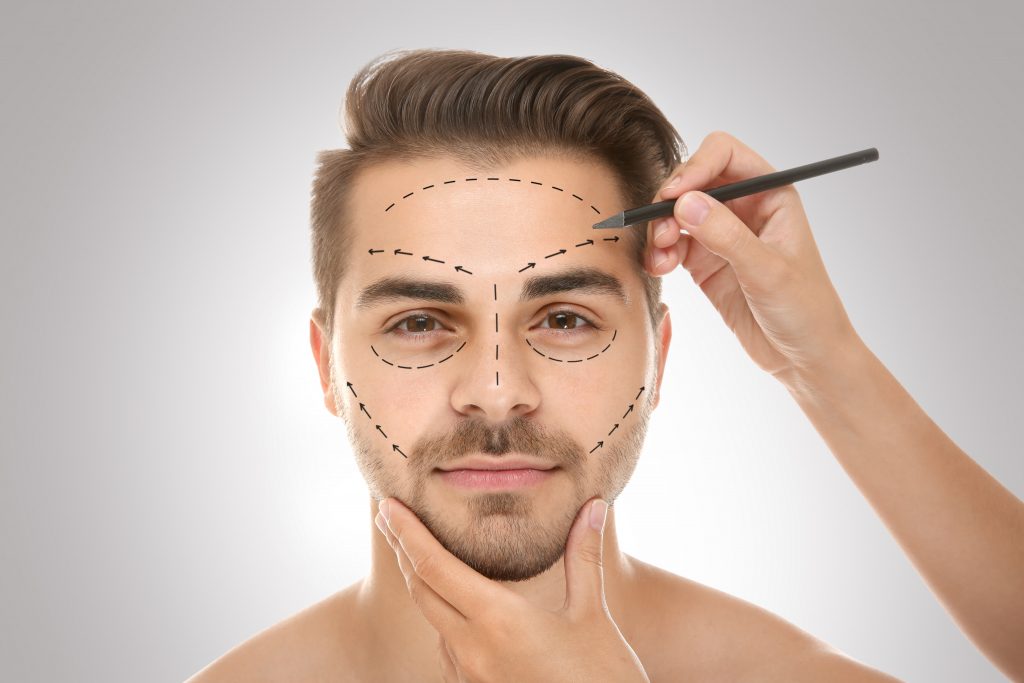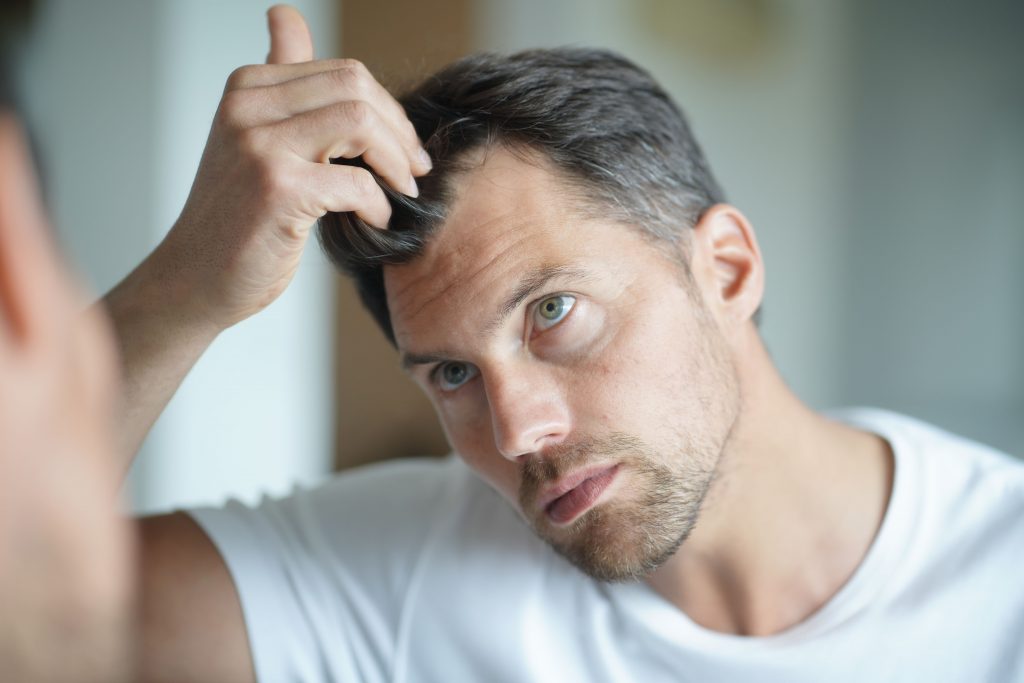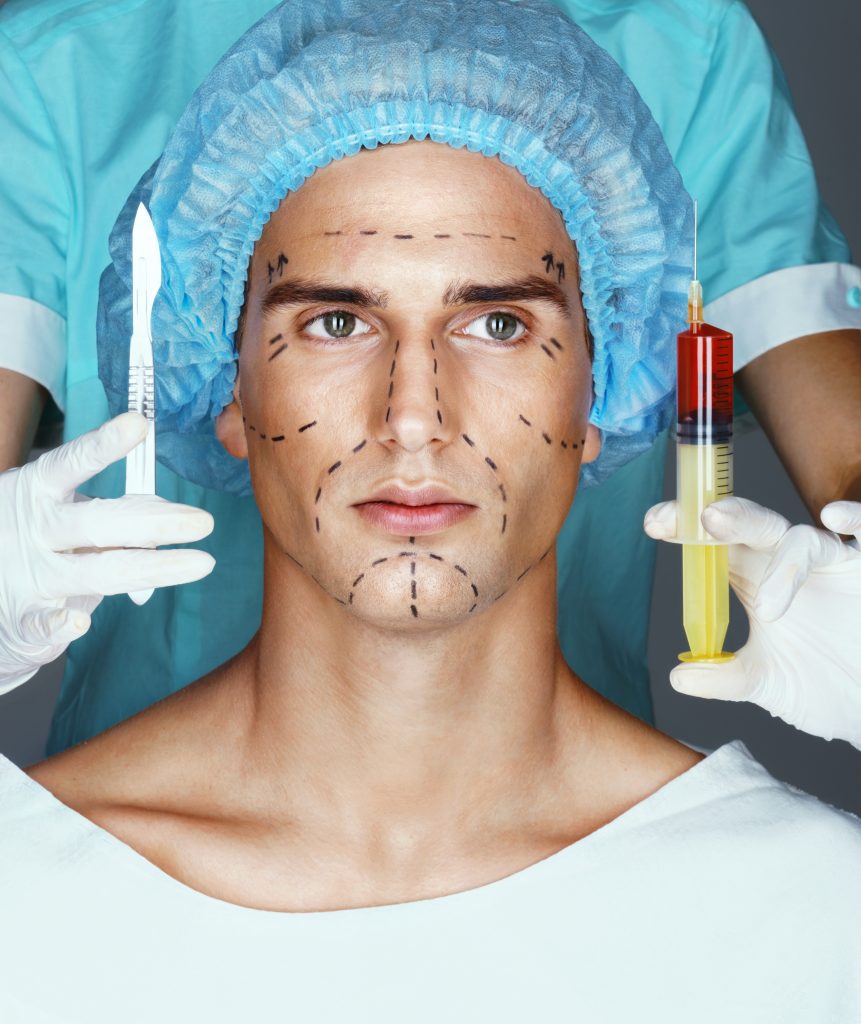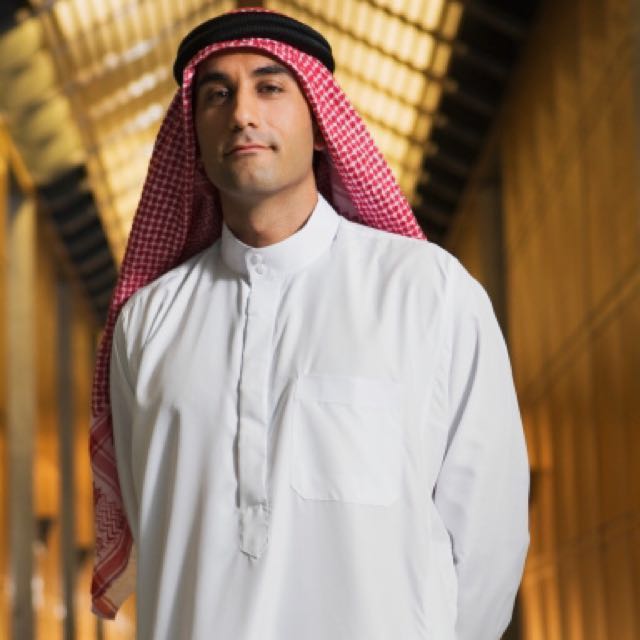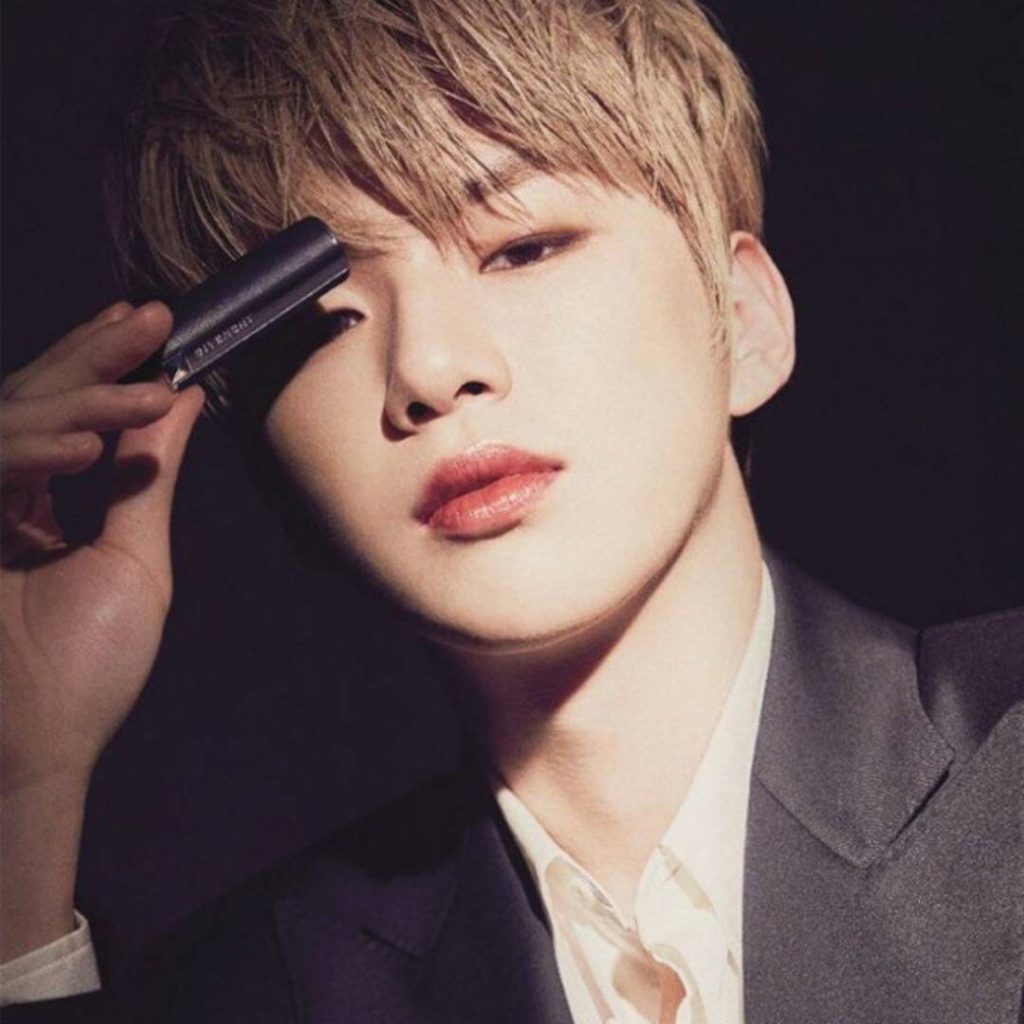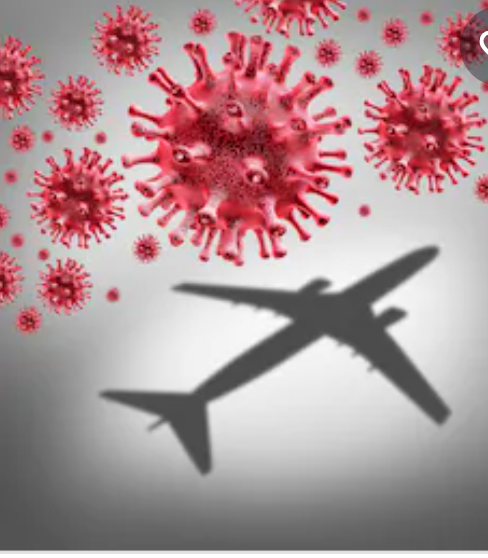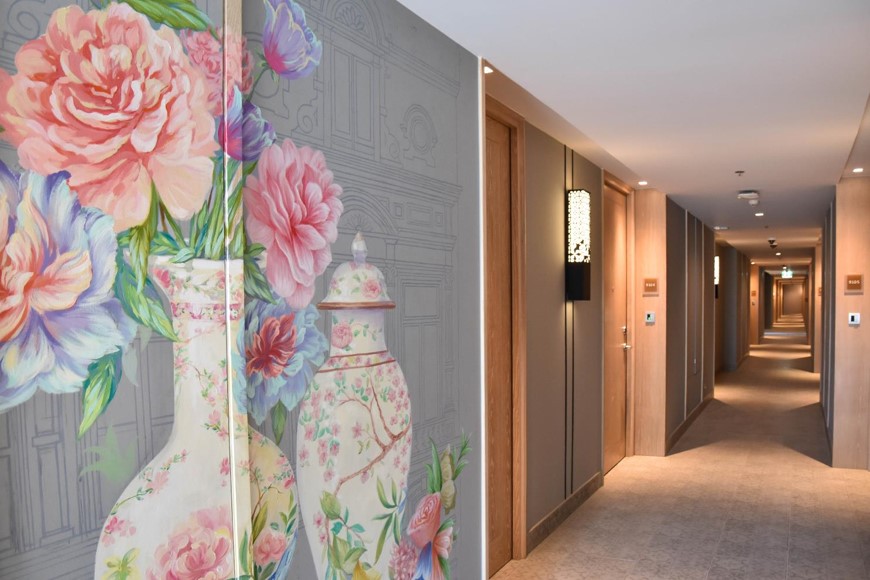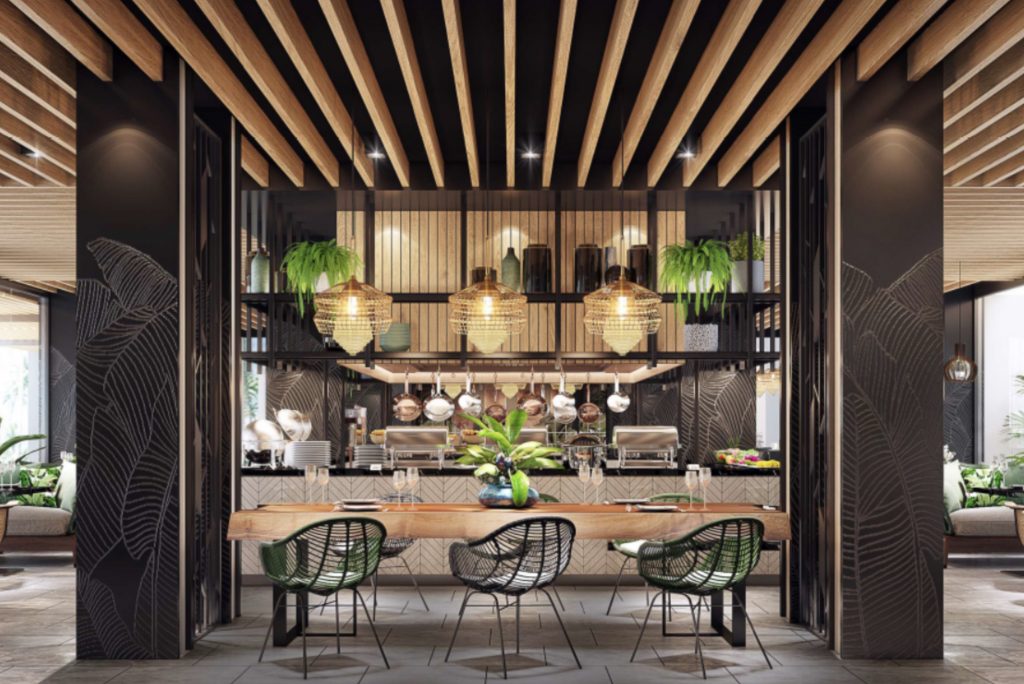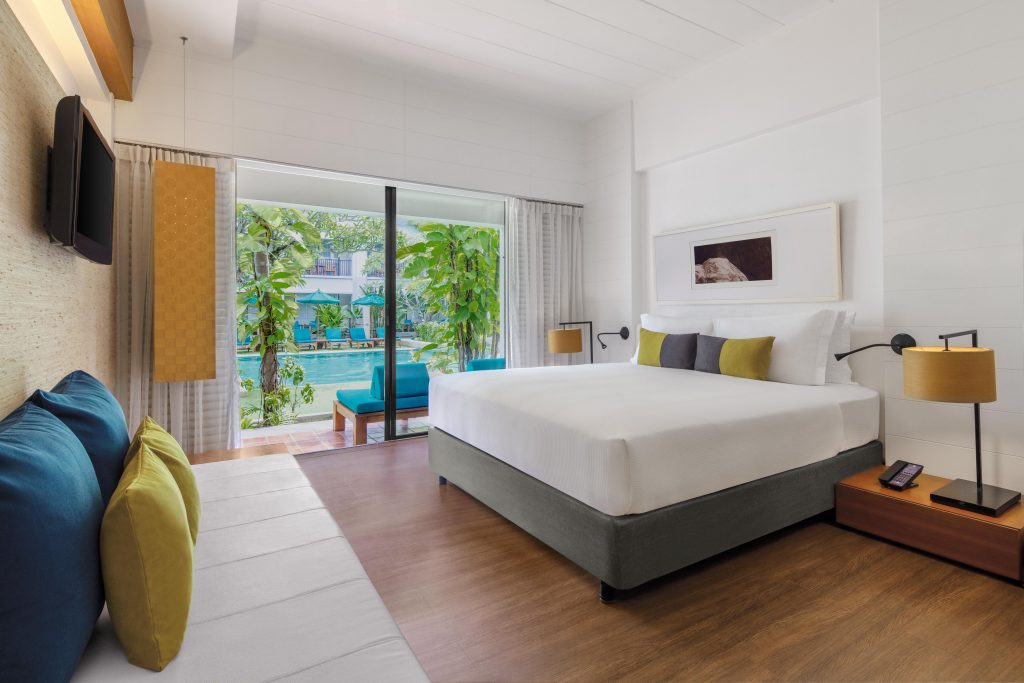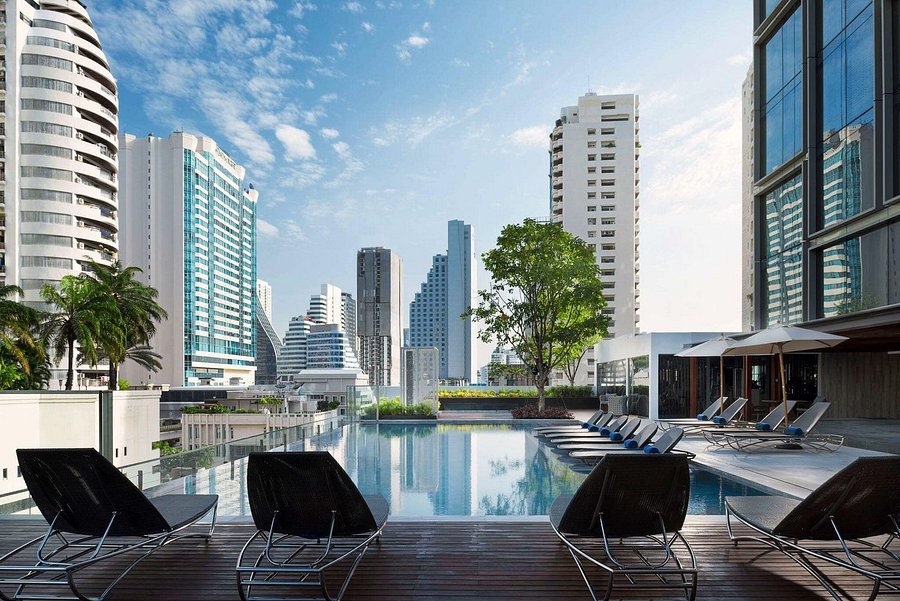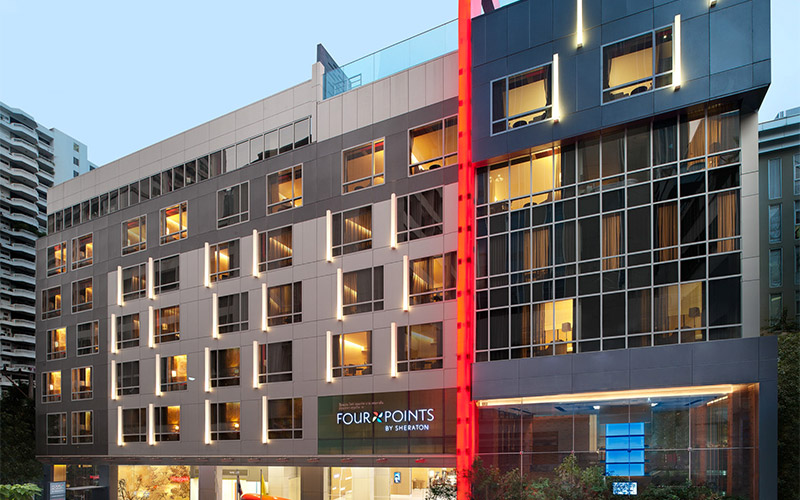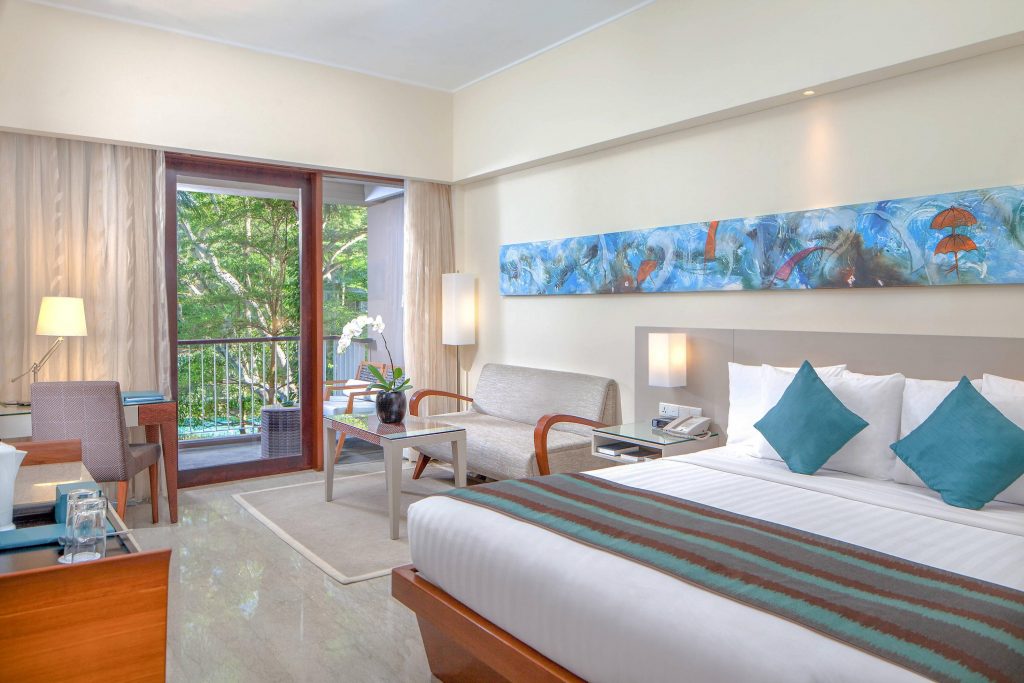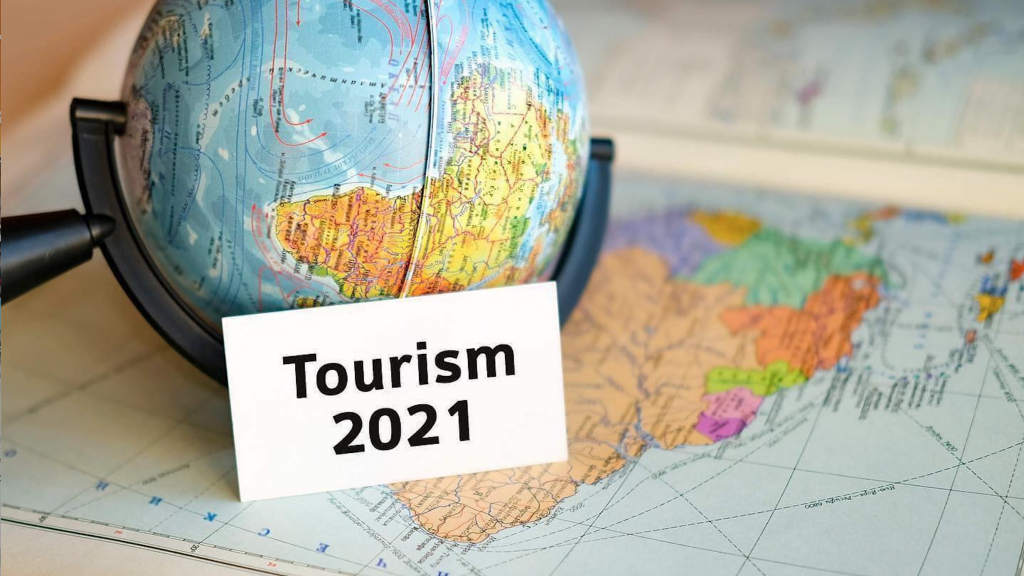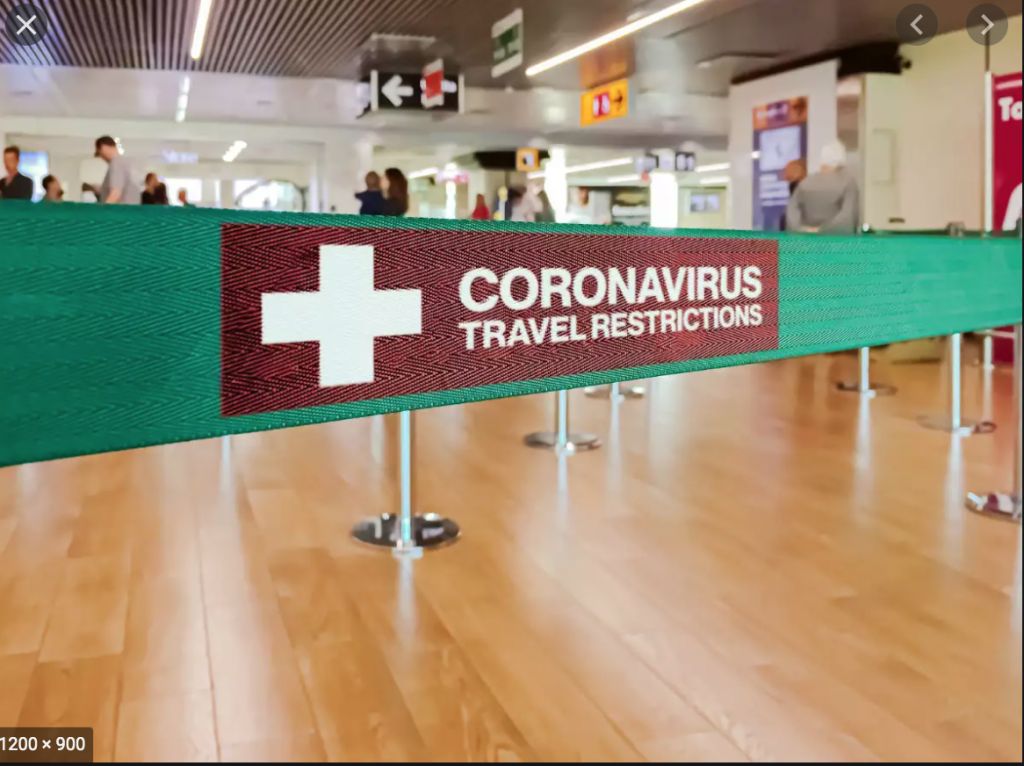The plastic surgery boom in the Pandemic and after!
At the start of the pandemic here in Australia and all over the world, things didn’t look good for the field of plastic and cosmetic surgery. With lockdown, many hospitals and surgical centres banned all elective procedures, limiting plastic surgeries to those that were reconstructive in nature. In the major cities for plastic surgery like the Gold Coast, Brisbane, Sydney and Melbourne, practices had to all but close to all but essential patients or quickly pivot their focus to in-office procedures using local anaesthetic (which we know is only best for the clinic and not in the best interests of the patient).
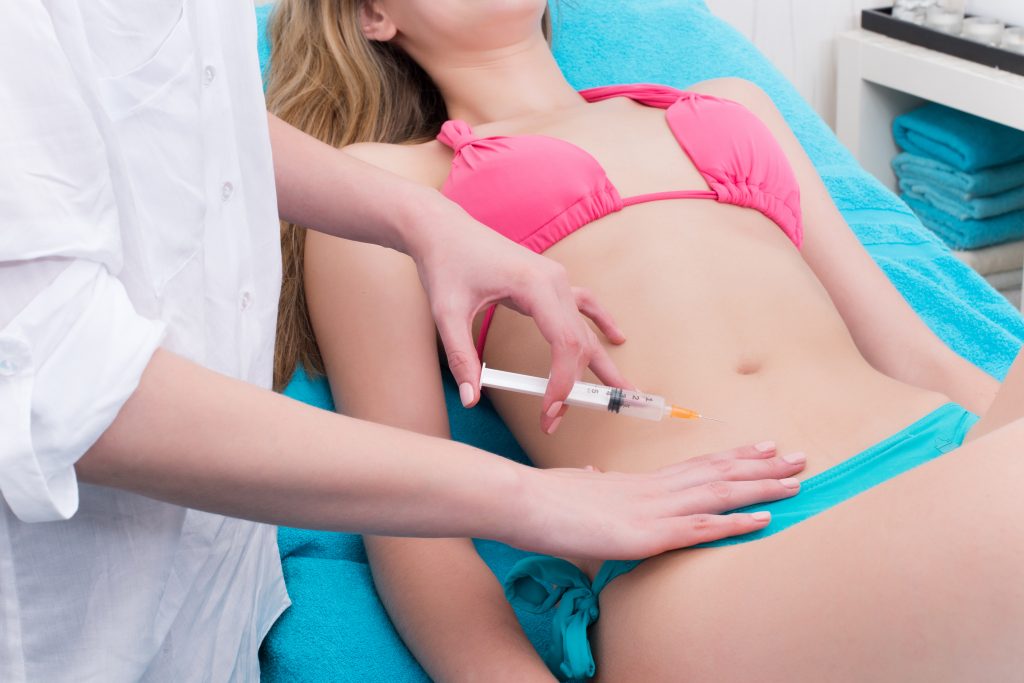
It was horrendous for medical tourism industry on a global scale. In fact, NipTuck Holidays one of the pioneers medical tourism agencies in Australia since 2007, is one of the few agencies in Australia that not only remains but has expanded through this difficult times offering our clients new destinations of Mexico, Turkey and Bali in addition to Thailand that we have been offering since opening on the Gold Coast.

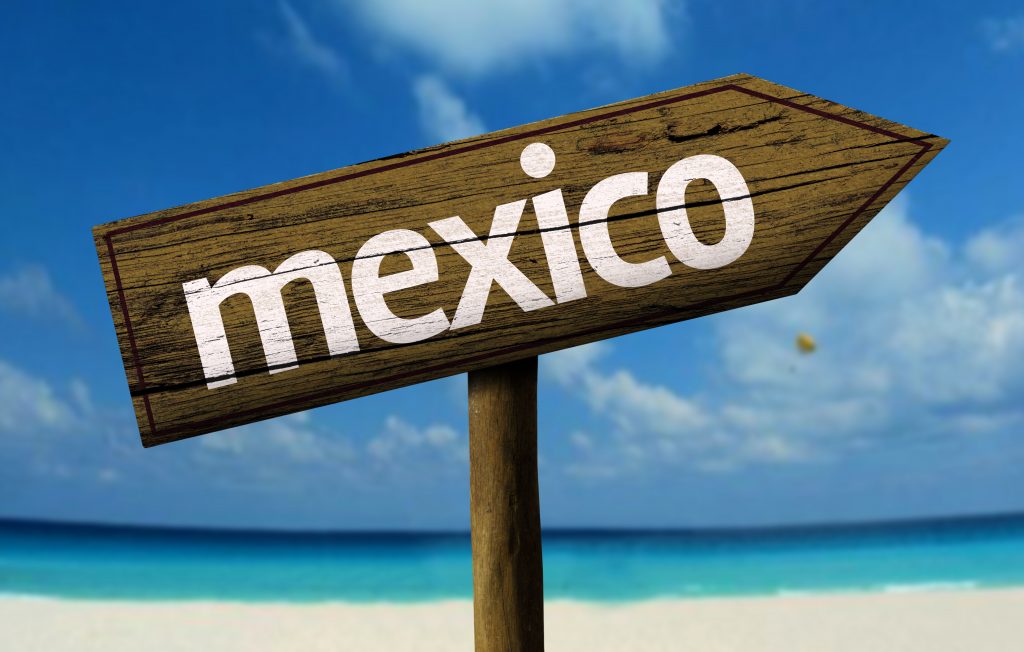
Even clients desperately wanting a procedure so much they are willing to pay three times the price in their home country, there has been a general sense of fear and the unknown. In Australia with the problems with the closures with State borders meant patients had to cancel their surgeries, in addition to the associated risks of covid with people being afraid of new risks in the face of COVID-19. Some were no longer able to afford their procedures due to changes in income or were pulling back on spending just in case.
But, where there is a will there is a way and more people than ever before were interested in plastic surgery and other cosmetic procedures!
Enter the “Zoom Boom”
You might wonder who would want elective surgery in the middle of a pandemic. On the surface, the idea of COVID-19 and lockdown leading to greater interest in plastic surgery may seem odd. Scroll your social media feed and you will see many memes highlighting people wearing pajamas to work and forgetting to so much as brush their hair before flipping open their laptop and “heading to work” from their couch. It makes you wonder how this casual attitude and an increased interest in cosmetic enhancements can exist simultaneously – yet, clearly, they can.

Once you dig a little deeper, it starts to make sense. Anyone who had previously been interested in surgery but worried about the recovery period suddenly had a golden opportunity; while they would still need time off from work, they would require fewer sick days since they could work from bed as they recovered. Plus, that comfy work-from-home wardrobe translates nicely to a post-surgery recovery one.
For those who suddenly didn’t need to commute, buy lunches out and focus on their work wardrobe, the pandemic also meant more money in the bank to spend as they wished.

However, the biggest factor was likely the “Zoom Boom.” With the switch to online work and meetings, many people went from only looking at themselves while washing their hands during bathroom breaks to suddenly staring at their image on a screen for hours each day. As a result, they had ample time to analyze their lines, wrinkles, double chins and more.
As one would expect, people quickly turned to seeking out solutions. And thus, thousands upon thousands began seeking plastic surgery during the pandemic.
Which procedures saw a boost?
The year 2020 changed everything, including plastic surgery trends.
For years, breast augmentation had reigned supreme, with liposuction, rhinoplasty, eyelid surgery and facelifts rounding out the top five. These procedures remained popular in 2020; after all, there is a reason why people are so interested in them, and the pandemic made getting and recovering from these procedures easier for many.
However, interest in facial procedures grew significantly, thanks to Zoom and other video chatting platforms. Patients began requesting everything from chin liposuction to facelifts with greater frequency than ever before. There was also an increased interest in med spa procedures, such as botox and fillers, prompting many practices to increase their focus on their nonsurgical offerings, or even innovate their delivery methods to accommodate drive-thru procedures.

Lasting change or a fleeting trend?
Many are wondering if this increased interest in plastic surgery in general and facial procedures, in particular, is going to last once the pandemic is finally brought under control. While this is difficult to predict, most likely, these plastic surgery trends will continue even after the masks are put away.
First, there is the fact that, while the phrase is overused, the “new normal” is unlikely to give way to a return of the “old normal.” Companies have seen increased productivity and lowered costs by switching to a work-from-home model. People are coming to enjoy their virtual chats, and even when socializing in person again, are unlikely to eliminate Zoom from their lives.
Second, Millennials are aging. The oldest members of the generation are 38 years old in 2021. Thanks to the rise of Gen Z and platforms like TikTok, they are also acutely aware that they are no longer the young kids on the block. Unlike previous generations, they are facing 40 while living in an online world. Even if the new normal were to fully disappear, social media will not.
Medical Tourism is Back!
As such, the plastic surgery boom might lose some of its steam in a post-pandemic world, but it is unlikely to end especially now the medical tourism market is officially re-bounding globally! In fact quite the opposite as the prices as set the plunge significantly for people with the resumption of international travel, and set for full recovery!
Experts say we may even see some growth by the end of 2022 as pre-pandemic levels are being restored. With the resumption of travel, medical tourism is set to see growth by the end of 2022 at pre-pandemic rates as demand is being restored.

Official Data
GlobalData estimates that there were over 14 million inbound visits by medical tourists globally in 2019 and forecasts this number to continue to grow at a Compound Annual Growth Rate (CAGR) of 4.5% until 2024. Some of the fastest-growing markets are forecast to increase at CAGRs as high as 15% over the next few years. Several compounding factors contribute to the rapidly growing medical tourism industry. These include, but are not limited to, rising healthcare costs among developed nations, technological and infrastructure advancements in the destination countries and the rise of international accreditation agencies.
The Covid-19 pandemic significantly impacted the medical tourism industry, particularly in H1 2020. The main causes of this decline were the implementation of travel restrictions and the global postponement of the majority of elective procedures in an effort to minimise the spread of the disease. During summer 2020, global active Covid-19 caseloads temporarily declined, thus permitting the resumption of elective procedures. As international travel has slowly resumed, so has the demand for medical tourism. GlobalData estimates this market to fully rebound to pre-pandemic levels by the end of 2022, after which it will experience pre-pandemic growth rates.

Sources: About ECS International
